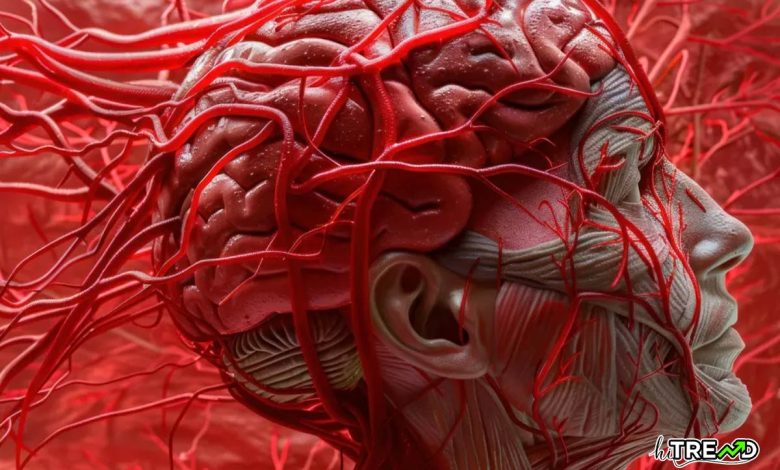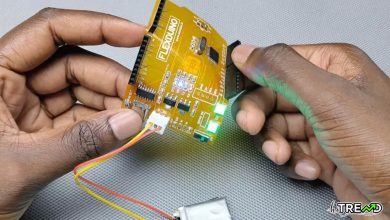Scientists create tiny robots that can safely treat brain aneurysms

Highly anticipated: Brain surgery is a frightening prospect, so any development that limits or even eliminates your time on the operating table is a game changer. Scientists have now figured out a way to precisely deliver life-saving medications to the brain with less risk through a minimally invasive medical procedure. Scientists create tiny robots that can safely treat brain aneurysms
Brain aneurysms claim approximately 500,000
lives worldwide annually. An international team of scientists, including researchers from the University of Edinburgh, have created microscopic robots to treat brain aneurysms more safely and precisely than conventional methods. Live Science notes that these tiny robots have a diameter of only 295 nanometers, or just one-twentieth the size of a human red blood cell. For some perspective, a typical virus measures around 100 nanometers, and most bacteria are approximately 1,000 nanometers in size.
You can read more Technology articles
The team engineered the nanorobots with magnetic
cores and coated them with a clotting agent called thrombin, which doctors use to treat aneurysms. The protective coating melts at specific temperatures, allowing for a controlled release of the medication. The scientists then heat the nanorobot by applying an alternative magnetic field. The process is carefully regulated to maintain a temperature below 122 degrees Fahrenheit (50 degrees Celsius) so that the surrounding delicate brain tissue is not damaged.
In laboratory trials, doctors injected billions of these tiny machines into an artery and guided them to the site of an aneurysm using magnetic fields and medical imaging technology. The research team, including clinicians from Shanghai Sixth People’s Hospital, successfully tested the nanorobots in laboratory models and a small group of rabbits.Scientists create tiny robots that can safely treat brain aneurysms
The scientists artificially induced aneurysms in rabbits’ carotid arteries, which feed the brain and the head. They monitored the test subjects for two weeks after the procedure and found that the treated aneurysms showed stable clot formation. These therapeutic clots did not obstruct the overall blood flow to the brain but instead precisely sealed off the weakened areas of the blood vessels.
“Nanorobots are set to open new frontiers in medicine, potentially allowing us to carry out surgical repairs with fewer risks than conventional treatments and target drugs with pinpoint accuracy in hard-to-reach parts of the body,” said Dr. Qi Zhou from the University of Edinburgh’s School of Engineering, who co-led the study.

The nanorobot approach offers several advantages over existing treatments for brain aneurysms. Traditional methods involve threading a microcatheter through blood vessels to insert metal coils or stents. This procedure can be time-consuming and risky. Risks include rejection by the body and profound side effects from the anti-blood-clotting medications required. The nanorobot method also means doctors do not have to keep the brain open for risky, hours-long invasive surgeries.
While the results are promising, further research is needed before doctors can use this technology in human patients. The team plans to conduct more extensive animal trials and improve the control system for guiding the nanorobots to aneurysms deeper in the brain. The rabbit tests were conducted at a shallow depth so scientists could prove the procedure’s feasibility.Scientists create tiny robots that can safely treat brain aneurysms
The study also concluded that the technology can potentially treat other conditions. The researchers also developed nanorobots that can remove blood clots. These tiny fellows could find themselves treating stroke victims.
Follow HiTrend on X





